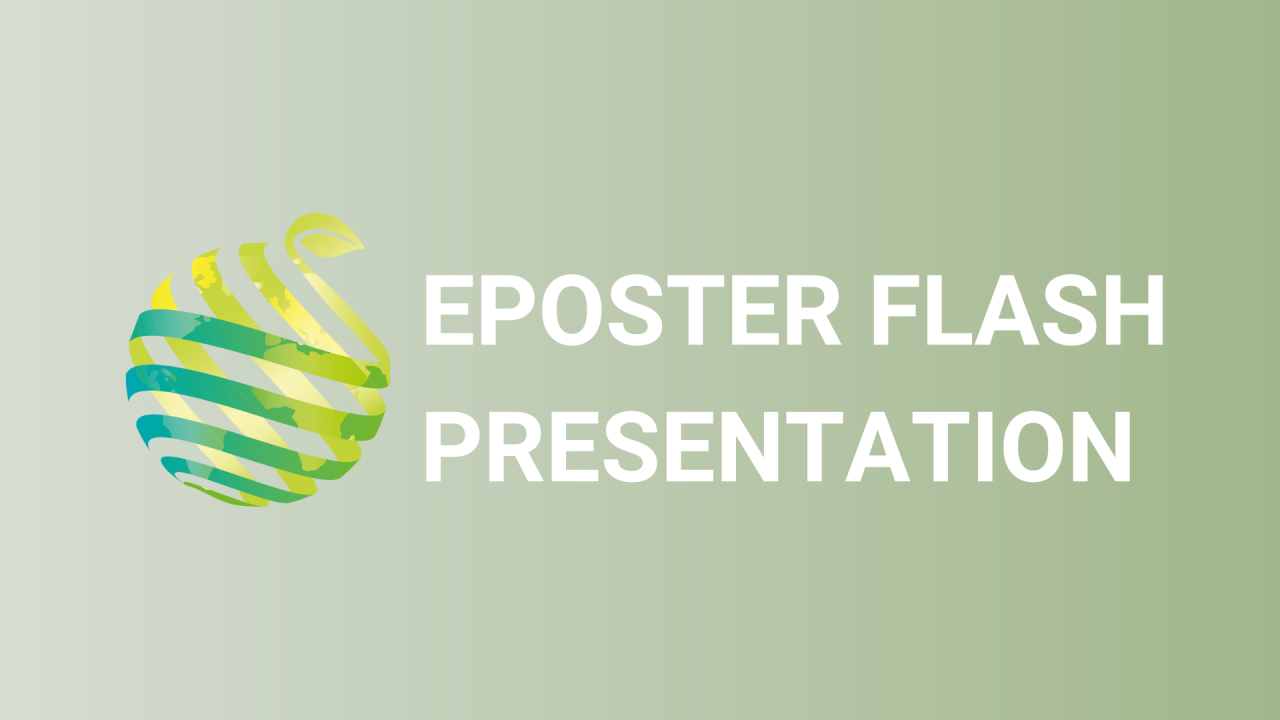

S16 - Session P3 - Graft incompatibility in chestnut: a multidisciplinary approach for an early identification in Castanea spp
Information
Authors: Giovanni Gamba *, Dario Donno, Maria Gabriella Mellano, Gabriele Loris Beccaro
Among the key factors aimed at improving the fruit production, grafting plays a pivotal role. Indeed, the rootstock genotype influences crop efficiency and fruit quality, resilience in new ecological scenarios and susceptibility to pests and diseases. In recent years, research on rootstock/scion relationships has made great progress, however graft incompatibility remains one of the major problems targeted by fruit crop breeding. In the last years, research has focused on phenolic compounds and their putative role as markers of either compatible or incompatible grafts. Promising results have been achieved on several fruit species such as Vitis spp., Prunus spp. and Pyrus spp., analysing the qualitative and quantitative expression of phenolic compounds between the scion and the rootstock. Indeed, different patterns can determine disfunctions at the graft union, highlighting them as potential markers for graft incompatibility. Moreover, several physiological parameters such as chlorophyll content, fluorescence rate and stomatal conductance proved to be effective tools in the early detection of physiological stresses related to graft incompatibility. Thus far, no studies have been conducted on phenolic compounds and physiological response in chestnut grafting ( Castanea spp.). In the last years, this cultivation stood out as interesting alternative to traditional fruit crops in our region. The lack of knowledge on graft compatibility is a limit to its cultivation. The present work investigates the content of phenolic compounds and the morpho-physiological status in different combinations of Castanea spp. cultivars and rootstocks, to assess the potential application of these methods for the early prediction of graft incompatibility. Analysis will be performed on the inner and outer tissues of chestnut grafts at two phenological sampling stages. Separation, identification and quantification of phenolic markers via HPLC will be preceded by an ultrasonic green extraction. Analysis on physiological aspects will be performed using porometer, fluorometer and chlorophyll content meter.